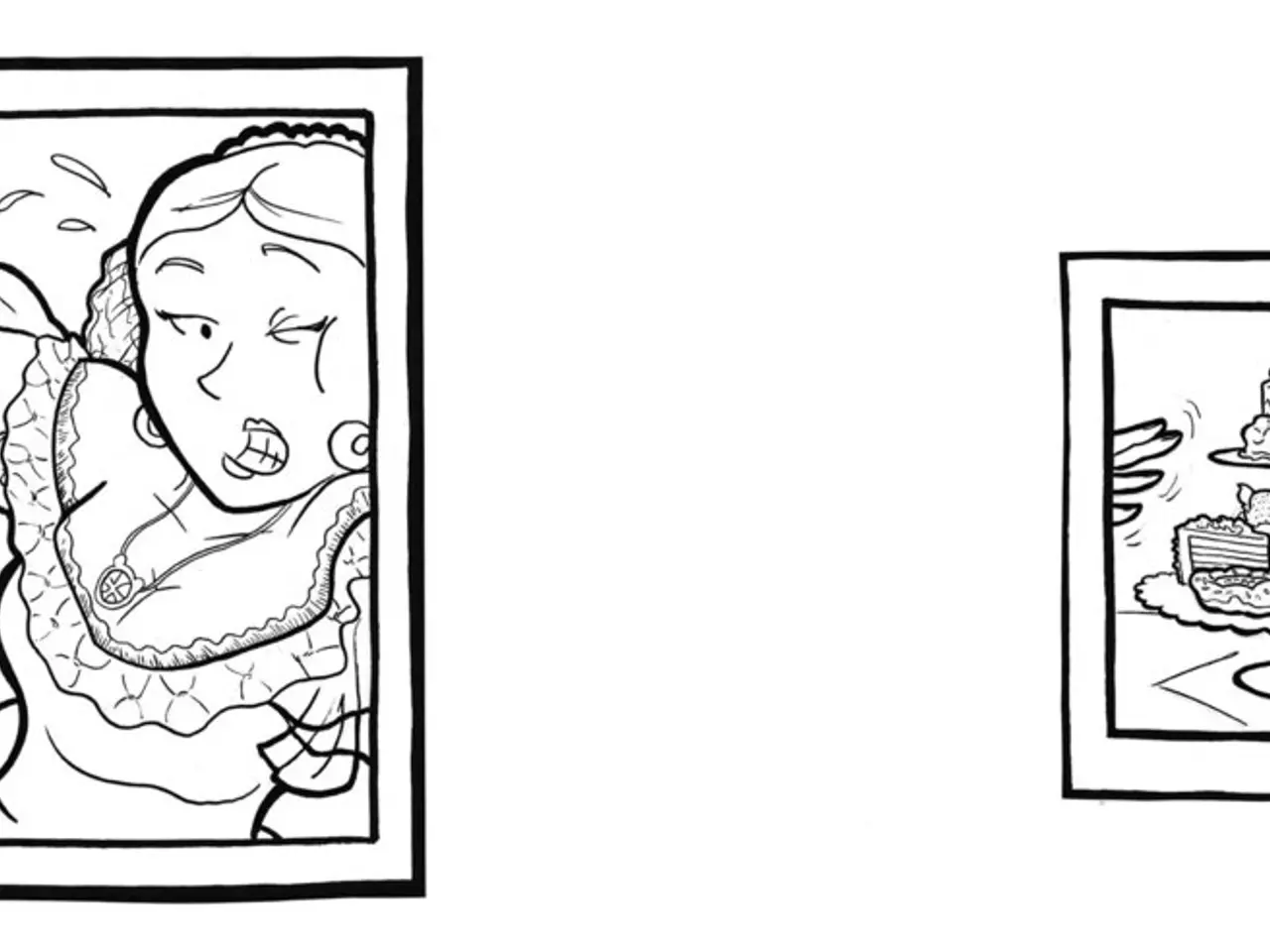Women's Impact on Human Evolution through Food Preparation Techniques
In the lush savannas of south-central Venezuela, a group of women and children from the Pumé, a South American hunter-gatherer tribe, are seen walking to dig out plump underground tubers. These tubers serve as the main food source during this time of year, as the rainy season floods the area, causing game to migrate and fish to become scarce.
The Pumé, like many other hunter-gatherer societies, have a well-defined division of labor. Men typically hunt larger animals, while women, often accompanied by young children, gather stationary or plant foods. This division contributes to a dietary balance, with women primarily responsible for collecting plant-based foods such as fruits, vegetables, tubers, seeds, and nuts.
Anthropological research reveals the central role that women and children play in getting food and processing it in hunter-gatherer and subsistence farming societies. Berry picking and processing are critical components in the survival of many such societies, requiring a large female labor corps to harvest and process the berries quickly.
The Pumé women and children process the tubers by peeling, slicing, and soaking them to neutralize their bitterness. This food processing is common to all cultures, with most foods being processed in some way before consumption. Processing extends the lifespan of food, particularly during nongrowing seasons.
The evolutionary legacy of softening and breaking down food left its testimony on the human body. Over the last 3 million years of evolution, the process of breaking food down into small absorbable bits shifted from a primarily gastrointestinal process to an external process. This shift is reflected in the human body, with smaller, more refined teeth and a relatively small gut.
Recent studies suggest that the evolutionary basis for gender differences in digestion aligns with this division of labor. Female digestive systems were optimized for plant-based nutrition, reflecting their gathering role, while male systems were better at breaking down animal proteins.
Beyond subsistence roles, food preparation was a domain where women exercised social and cultural power. As primary food preparers and shoppers, women navigated agency within constraints imposed by traditional gender roles, social expectations, and economic limitations. Their control over food purchase and preparation allowed them some decision-making power in family diets, which was also entangled with societal ideals such as beauty standards and domestic responsibilities.
In sum, women in hunter-gatherer societies were central to food gathering and processing, adapted to local environments and social structures. Their adaptability was reflected in both their biological digestive capacities and their socially negotiated roles within food systems. This is evident in the Pumé society, where 84 percent of the activities around hearths are of women processing food.
The earliest identifiable hearths date back to about 300,000-400,000 years ago, and women spend significantly more time than men by the hearth, processing food, cooking, and making the tools to do so. The earliest human technologies recognized in the archaeological record are called "Lomekwian" tools, dating back to about 3.3 million years ago. These tools consist of a hammerstone and anvil technology, surmised to have been used for crushing, smashing, or banging rather than for cutting or scraping.
In most temperate and equatorial environments, roots, tubers, seeds, beans, nuts, fruit, and berries are all staples for survival. Processing food broadens and diversifies diets, allowing humans to thrive in a wide range of environments. Women in contemporary hunter-gatherer societies typically spend about 20 percent of daylight hours processing food.
While most of human existence has been spent as hunters and gatherers, only a small number of societies still rely on foraging today. Nonetheless, the role of women in food gathering and processing remains a crucial aspect of human survival and cultural identity.
The women in the Pumé society, being primary food processors, contribute significantly to the food processing activities around the hearth, which is a role that extends across various hunter-gatherer and subsistence farming societies. This role is a testament to their adaption to local environments and social structures.
The division of labor in hunter-gatherer societies, with women primarily responsible for plant-based food collection, aligns with the evolutionary basis for gender differences in digestion. This indicates that the female digestive system was optimized for plant-based nutrition, reflecting their role as gatherers.
The reliance on plant-based foods, such as fruits, vegetables, tubers, seeds, and nuts, in most temperate and equatorial environments tells us that food processing, a critical component in the survival of many such societies, is essential for broadening and diversifying diets, thus allowing humans to thrive in a wide range of environments.
In the realm of education and self-development, understanding the historical and evolutionary aspects of nutrition and the roles of different genders in food gathering and processing can provide insights into women's health, personal growth, and overall wellness. These insights, derived from the lush savannas of south-central Venezuela to contemporary hunter-gatherer societies, remind us of the integral part women have played in the evolution of human survival and cultural identity.




